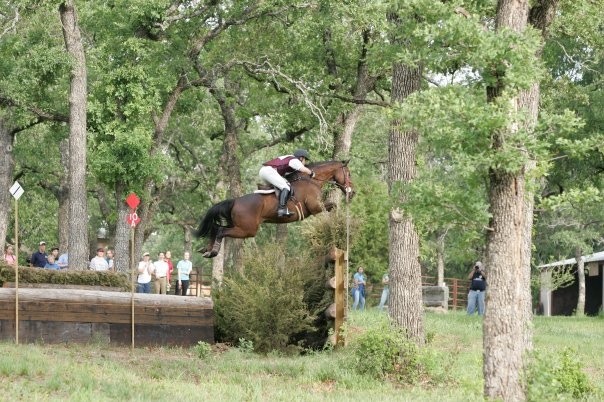I’ve been leasing a horse for about nine months now, and one of my biggest challenges has been finding a comfortable, consistent pace over jump courses. On the flat, he’s quite slow and lazy, but once we start jumping, his stride opens up dramatically. While can feel out of control and like he’s running away at the time, when I watch recordings, our pace over fences looks completely fine.
He hasn’t always been the most reliable over fences (stopping, running out, and rushing), but we’ve done a lot of work to work on those issues. That said, I think that’s left me with a lot of tension and nervousness when jumping him now. I find myself pulling to the fence, which I know just makes things worse. I’m usually a confident rider, but with this horse, I feel nervous unless we’re going at a snail’s pace.
How do I start to relax more, trust the pace, and give before the fences? How can I get more comfortable riding forward, without feeling like I’m completely out of control?




 ) where we were jumping at speed and learned it by doing it over and over and over, and hitting the ground a lot while our trainers watched on until we learned to literally jump like steeplechasers or timber jocks. Our experiences in learning are different but we are very aware of how we developed various gallops at various levels.
) where we were jumping at speed and learned it by doing it over and over and over, and hitting the ground a lot while our trainers watched on until we learned to literally jump like steeplechasers or timber jocks. Our experiences in learning are different but we are very aware of how we developed various gallops at various levels.